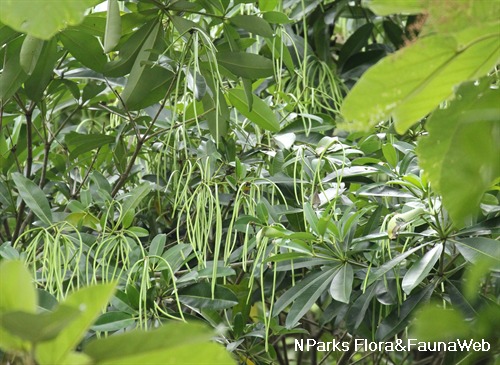
Back
Alstonia angustiloba Miq.
| Family Name: | Apocynaceae |
| Synonyms: | Alstonia pneumatophora Monach. var. petiolata |
| Common Name: | Common Pulai, Pulai, 黑板树, 橡皮树 |
Name
Classifications and Characteristics
| Plant Division | Angiosperms (Flowering Seed Plants) (Dicotyledon) |
|---|---|
| Plant Growth Form | Tree (Big (>30m)) |
| Lifespan (in Singapore) | Perennial |
| Mode of Nutrition | Autotrophic |
| Plant Shape | Tiered |
| Maximum Height | 25 m to 40 m |
| Maximum Plant Spread / Crown Width | 10 m |
Biogeography
| Native Distribution | Sumatra, Peninsular Malaysia, Singapore, Borneo, and Java |
|---|---|
| Native Habitat | Terrestrial (Primary Rainforest, Secondary Rainforest, Freshwater Swamp Forest) |
| Preferred Climate Zone | Tropical |
| Local Conservation Status | Native to Singapore (Least Concern (LC)) |
Description and Ethnobotany
| Growth Form | It is a tree up to 40 m tall, with a pagoda-shaped crown, and tiered branching. |
|---|---|
| Trunk | Bark dark grey, smooth when young, becoming slightly cracked when it gets older. The wood is pale yellow and soft. |
| Foliage | Its four- to nine-whorled, stalked leaves have somewhat leathery leaf blades that are oval-shaped, glossy dark green above, pale green below, and 4.5–22 by 2.1–7 cm, with short tips. Its leaf blades also possess numerous secondary veins that are almost perpendicular to the midrib. Milky-white latex is exuded from the broken leaf parts. |
| Flowers | Its fragrant flowers are creamy white, 8.5 mm wide, and develop in clusters of 3–8 at the end of the twigs, on 3–14 cm-long shoots. |
| Fruit | Its fruits develop as a pair of pods that are smooth, 15–35 by 0.2–0.6 cm, covered with brown hairs, and contain many seeds. Its dark brown, wind-dispersed seeds are smooth, oblong, flat, and 5–7 by 1.3–1.5 mm. |
| Habitat | It grows in primary and secondary forests, in swamps, on hills, loam or sandy soils up to 200 m altitude. It is known locally from Western Catchment, Nee Soon, Bukit Mandai, Bukit Timah, Upper Pierce Reservoir, Tampines, Pulau Ubin, Mount Faber, and Lazarus Island. |
| Associated Fauna | It is the preferred local food plant for caterpillars of the moths, Daphnis hypothous, and Parotis marginata. Its flowers are also insect-pollinated. |
| Cultivation | It can be propagated by seed. |
| Etymology | Latin Alstonia, commemorates Dr. Charles Alston (1685–1760), a professor of botany at Edinburgh University; Latin angustiloba means having narrow lobes, referring to the narrow calyx lobes of the flower |
| Ethnobotanical Uses | Medicinal: Traditional Medicinal Uses In Southeast Asia countries like Malaysia and Indonesia, the plant is used in traditional medicine to treat headaches <1>, skin sores and gynecological problems. <2> It is important to note that some therapeutic effects from traditional medicinal uses of plants are not currently supported or verified by scientific research. As all Apocynaceae species, Alstonia angustiloba contain white, milky sap which can cause an allergic reaction especially for those with sensitive skin. Medical advice should be sought before use. Timber & Products: The soft wood is used in making floor boards, household items, matches, and posts. Cultural / Religious: Heritage Tree : There are 13 individuals of Alstonia angustiloba listed as Heritage Trees in Singapore. They are found all over Singapore. To find out more about these trees, please visit the Heritage Tree Register. |
Landscaping Features
| Landscaping | It is planted along expressways, major roads, and in urban landscapes as an ornamental tree because of its attractive growth form. It is also tolerant of a wide range of soil types from waterlogged to drier conditions. |
|---|---|
| Desirable Plant Features | Fragrant (Flowers) (Day, Night), Ornamental Flowers, Ornamental Foliage, Ornamental Form |
| Landscape Uses | General, Suitable for Roadsides, Parks & Gardens, Small Gardens, Riverine, Shade Providing Tree / Palm |
| Thematic Landscaping | Naturalistic Garden, Fragrant / Aromatherapy Garden |
Fauna, Pollination and Dispersal
| Fauna Pollination Dispersal Associated Fauna | Caterpillar Moth Food Plant (Leaves, Associated with: Parotis marginata) |
|---|---|
| Pollination Method(s) | Biotic (Fauna) |
| Seed or Spore Dispersal | Abiotic |
Plant Care and Propagation
| Light Preference | Full Sun |
|---|---|
| Water Preference | Moderate Water |
| Plant Growth Rate | Moderate |
| Rootzone Tolerance | Moist Soils, Well-Drained Soils, Fertile Loamy Soils |
| Propagation Method | Seed |
Foliar
| Foliage Retention | Evergreen |
|---|---|
| Mature Foliage Colour(s) | Green |
| Mature Foliage Texture(s) | Smooth, Leathery |
| Foliar Type | Simple / Unifoliate |
| Foliar Arrangement Along Stem | Whorled |
| Foliar Attachment to Stem | Petiolate |
| Foliar Shape(s) | Non-Palm Foliage (Oval) |
| Foliar Venation | Pinnate / Net |
| Foliar Margin | Entire |
| Leaf Area Index (LAI) for Green Plot Ratio | 3.0 (Tree - Intermediate Canopy) |
Floral (Angiosperm)
| Flower & Plant Sexuality | Bisexual Flowers |
| Flower Colour(s) | White |
|---|---|
| Flower Grouping | Cluster / Inflorescence |
| Flower Location | Terminal |
| Flower Symmetry | Radial |
Fruit, Seed and Spore
| Mature Fruit Colour(s) | Brown |
|---|---|
| Fruit Classification | Simple Fruit |
| Fruit Type | Dehiscent Dry Fruit , Follicle |
References
| References | <1> Lin, K.W. (2005). Ethnobotanical study of medicinal plants used by the Jah Hut people in Malaysia. Indian Journal of Medical Science 59(4): 156-161. <2> Mulyoutami, E., Rismawan, R. & Joshi, L. (2009). Local knowledge and management of simpukng (forest gardens) among the Dayak people in East Kalimantan, Indonesia. Forest Ecology and Mangement: 1-8. |
|---|
Image Repository
Others
| Master ID | 1411 |
|---|---|
| Species ID | 2704 |
| Flora Disclaimer | The information in this website has been compiled from reliable sources, such as reference works on medicinal plants. It is not a substitute for medical advice or treatment and NParks does not purport to provide any medical advice. Readers should always consult his/her physician before using or consuming a plant for medicinal purposes. |

_lowres.jpg)
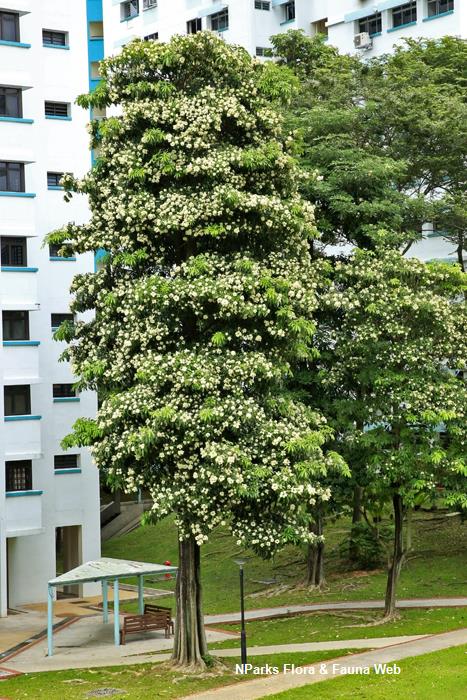
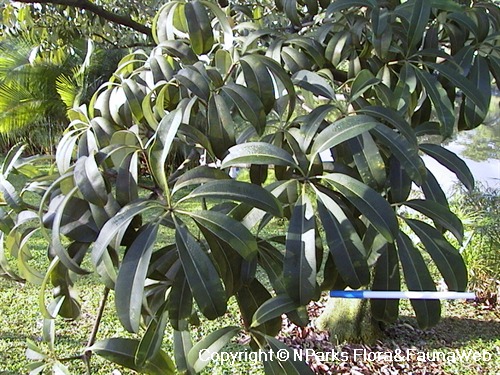
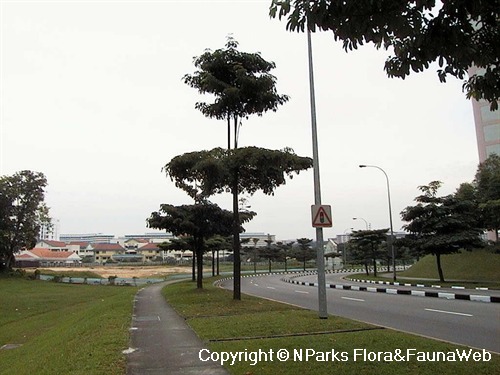
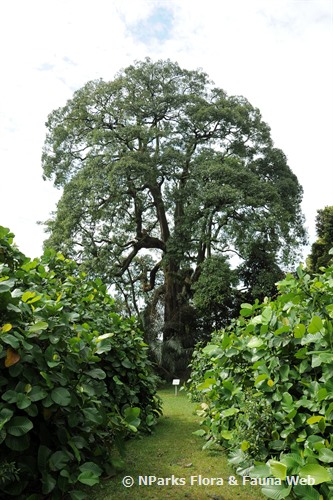
_lowres.jpg)
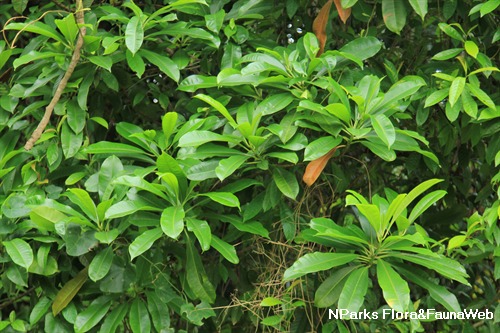
_lowres.jpg)

_lowres.jpg)